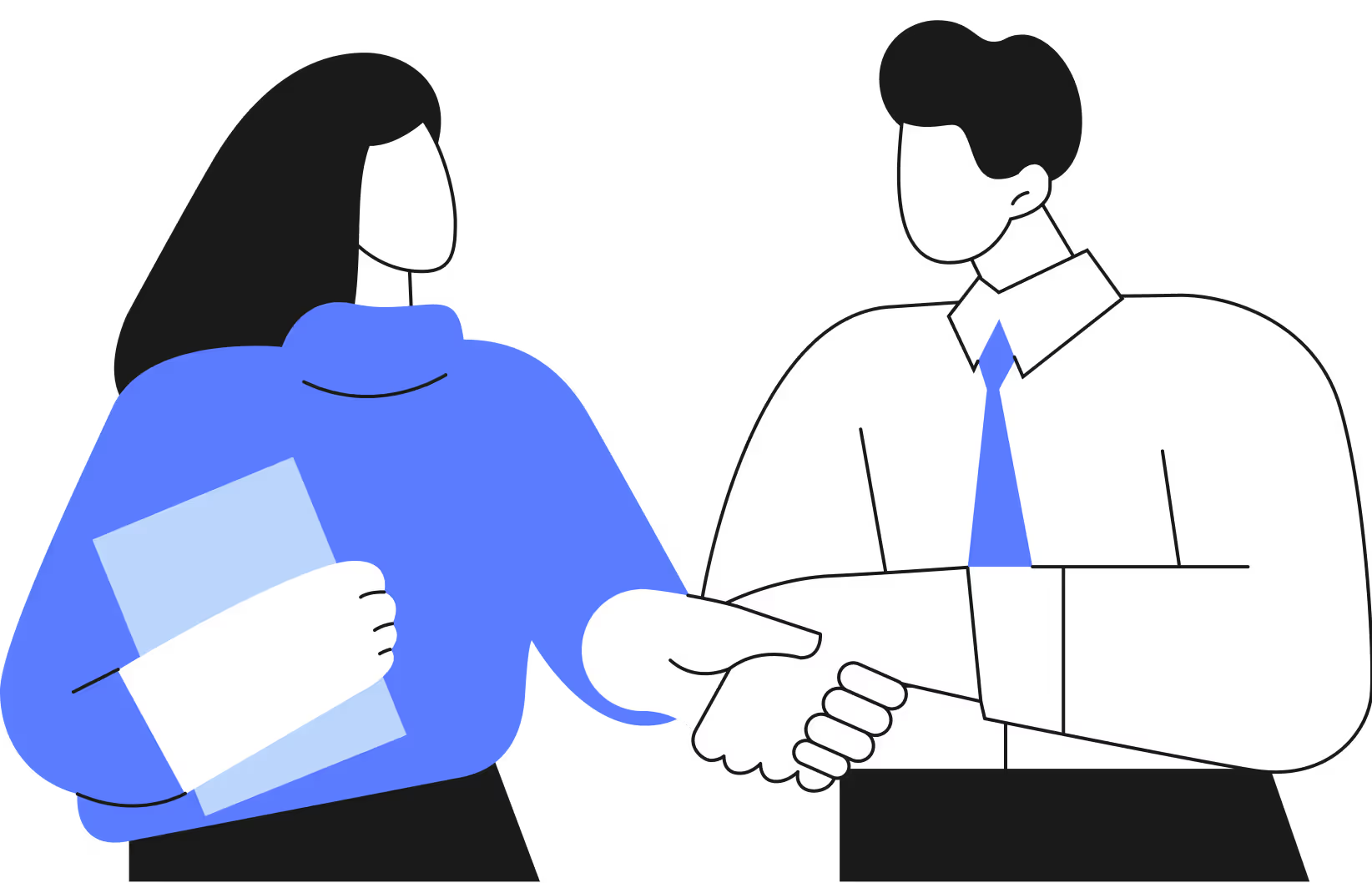Impressions of CanUX 2018
Rose-Marie, a designer at Spiria Montreal, tells us about the 2018 CanUX conference and shares her highlights.

<div><p>The largest UX event in Canada, aptly named CanUX (pronounced “<i>canucks</i>”), takes place every year in November. Twenty speakers from all over the world share their perspective and practice of various aspects of <a href="https://www.spiria.com/en/services/human-centered-design/user-experience-design/">user experience</a>. With over 520 participants from every background, it makes for a stimulating conference! This year, I was lucky enough to be able to attend this event for the first time, at the Canadian Museum of History in Gatineau, Quebec.</p><p><img src="https://cdn.prod.website-files.com/67c06f07cfba9b0adb43e16c/684706c4a389942abe2b1a9e_canux2018-01.webp" style="width: 100%; border-style:solid; border-width:1px;" alt="Canadian Museum of History." title="Canadian Museum of History."></p><p>Thanks to top-notch planning, my overall experience as an audience member was very enjoyable. Particular attention went into making participants who were attending alone feel welcome. In fact, the whole event was specifically designed to support interaction and discussions among attendees. At every break and during down times, we were offered snacks and for lunch, we were divided into groups and assigned a restaurant close to the Museum. This allowed us to meet and talk to new people. The scheduling was to-the-minute. All the information about the two days of the meeting was clearly presented in the handbook that was handed to us at the beginning of the event and that doubled as an ID badge.</p><p><img src="https://cdn.prod.website-files.com/67c06f07cfba9b0adb43e16c/684706c72250fc58dca49b14_canux2018-02.webp" style="width: 100%; border-style:solid; border-width:1px;" alt="CanUX 2018." title="CanUX 2018."></p><p>Having attended many presentations, I found some of them captivating, and some less relevant. Here are the two most memorable ones:</p><h2>Digital Life after Death</h2><p>This touching presentation by <a href="https://canux.io/alberta-soranzo/">Alberta Soranzo</a> got us thinking about what happens to people’s social network accounts after death. Should there be laws to require the closing of these accounts after someone is deceased? To allow users to indicate in their profile settings how they want their accounts handled after they die? Should the next-of-kin have access to the account information after the death of their loved one? Most likely, no one wants their private on-line conversations to be disclosed to anyone. The speaker gave a concrete example of her own Facebook account which, year after year, reminds her of the birthday of a deceased person. Well-meaning Facebook friends unwittingly wish that deceased person a happy birthday. Linkedin, for its part, still suggests that she connect with this person, five years after their death.</p><p>As a designer, I learned from this presentation that creating a positive <i>offboarding</i> experience is just as important as the <i>onboarding</i> experience. You have to think the experience through from the beginning right up until the very end.</p><h2>Prison Door Controls</h2><p>In his presentation, <a href="https://canux.io/mark-bottomley/">Mark Bottomley</a> showed us the dashboard of a control desk in a correctional facility. This presentation underscored the importance of examining the way a system is used in context: physical environment, types of users, types of doors, security level, daily operations including emergency situations. For example, a locked door shows up as green, whereas an unlocked one is displayed in red. As an added precaution, a symbol is superimposed on the colours for people who are red-green colour-blind. Finally, the doors are controlled by physical, mechanical buttons rather than by touch-screen buttons, because the operator must keep his eyes fixed on the prison guard, who gives him a sign when the door can be released. Finally, there are several different types of lock settings: a door can be locked for everyone, or just in one direction--for example when detainees lock their door when leaving their cell to deter theft. These scenarios played out with a demonstration of the system. Obviously, the risk level of such a system is extremely high; it just goes to show that all decisions must be based on users and context. I particularly enjoyed this presentation because this type of system is so specialized and unusual.</p><p><img src="https://cdn.prod.website-files.com/67c06f07cfba9b0adb43e16c/684706ca199b799a0277aa88_canux2018-03.webp" style="width: 70%; border-style:solid; border-width:1px;" alt="A great designer convinces you half that shit is unnecessary." title="A great designer convinces you half that shit is unnecessary."></p><p>In general, I found the presentations to be interesting and informative. <a href="https://canux.io/mike-monteiro/">Mike Monteiro</a> made a witty presentation on a serious issue: the ten golden rules of a designer. For example: “A good designer finds an elegant way to put everything you need on a page. A great designer convinces you half that shit is unnecessary”.</p><p><img src="https://cdn.prod.website-files.com/67c06f07cfba9b0adb43e16c/684706cd199b799a0277addc_canux2018-04.webp" style="width: 70%; border-style:solid; border-width:1px;" alt="Rose-Marie Bouthat." title="Rose-Marie Bouthat."></p><p>A good designer must be curious and ask questions. The importance of understanding the user and being aware that others think differently than we do was brought up time and time again in many different presentations. I also learned the importance of not being wedded to our ideas. We must be able to cast them aside when they don’t work, the important thing being to remain flexible and to adapt. I returned to the office with tons of good ideas and with the determination to apply them to my projects. Would I go back in 2019? I’d love to, though I think I’d get more out of it if two of us attended, so that we could bounce ideas off each other and debate the various issues, applying them to our context at <a href="https://www.spiria.com/">Spiria</a>.</p></div>
Want to Work Together?
Every great project starts with a conversation.


